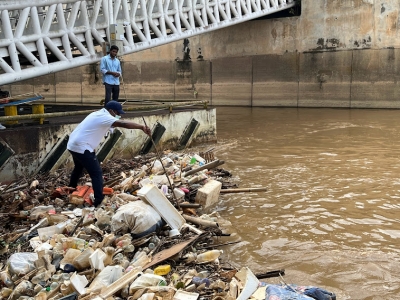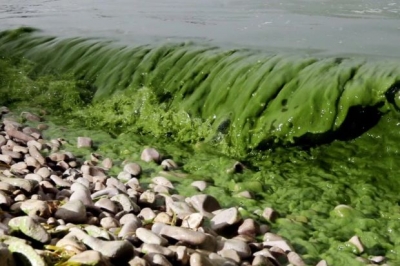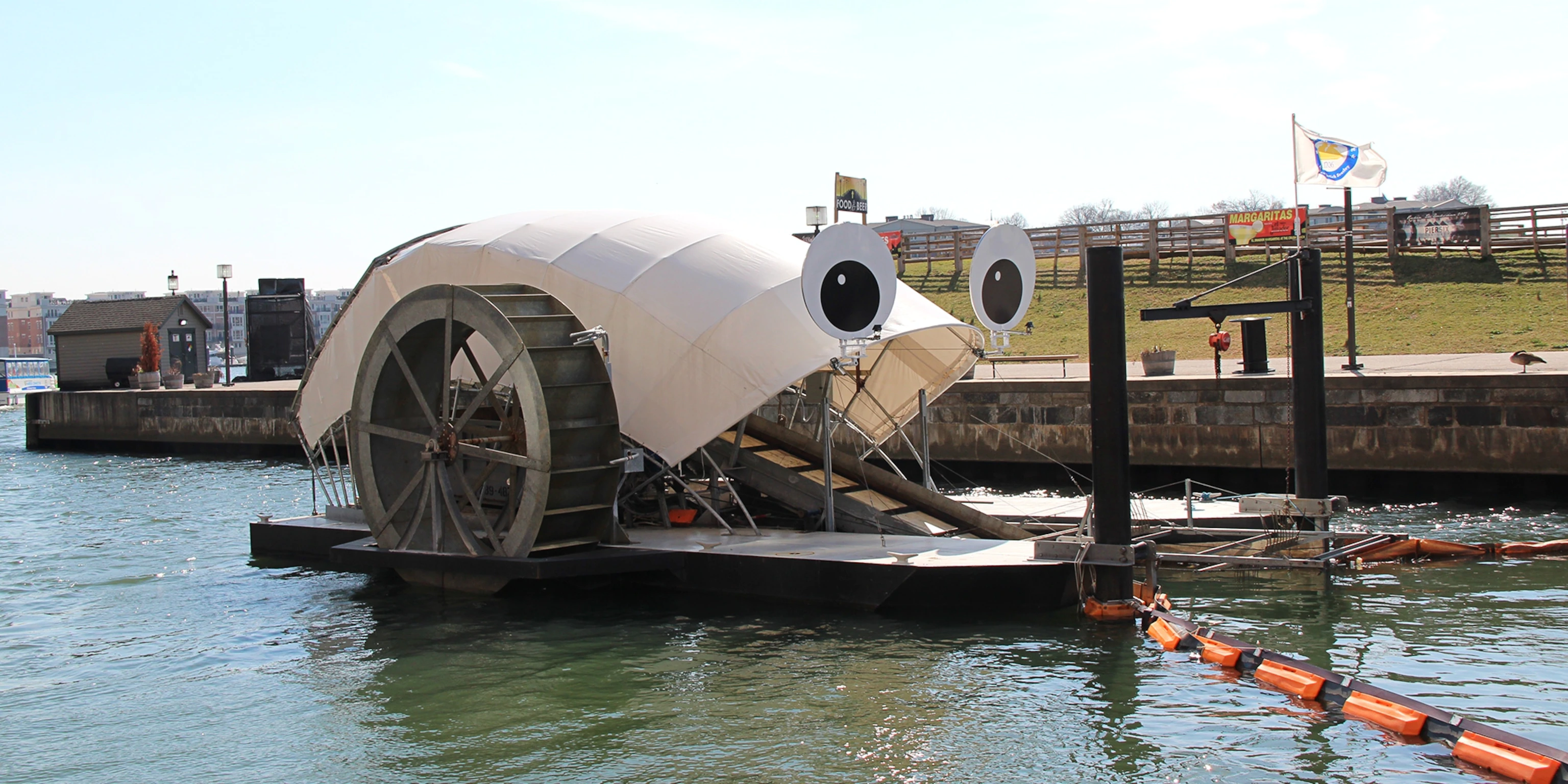
Known as the Sundarbans Delta or the Bengal Delta, the delta of the river Ganges is the world’s largest river delta. By definition, deltas are wetlands that are formed by the rivers as they empty their water and sediments into oceans, lakes, or other water bodies. The Sundarbans Delta encompasses more than 105,000 square kilometres and covers West Bengal and Bangladesh. This delta is formed when the combined waters of several river systems that include the Brahmaputra and the Ganges rivers, empty into the Bay of Bengal. Because of its rich soil, it is also one of the most fertile regions in the world, and is called the Green Delta. It begins at the Meghna River and stretches till the Hooghly River.
The biodiversity of the Ganges delta is also very vast. It is covered with deciduous forests and mangroves and is home to the famous Bengal Tiger. Sundarbans, which forms a major part of this delta, is the world’s largest mangrove forest and has a wide variety of wildlife such as the Indian python, elephants, and crocodiles. One can also find exotic birds like kingfishers, eagles, and woodpeckers here. It is also one of the world’s most populated regions, with approximately 130 million inhabitants.
Picture Credit : Google





